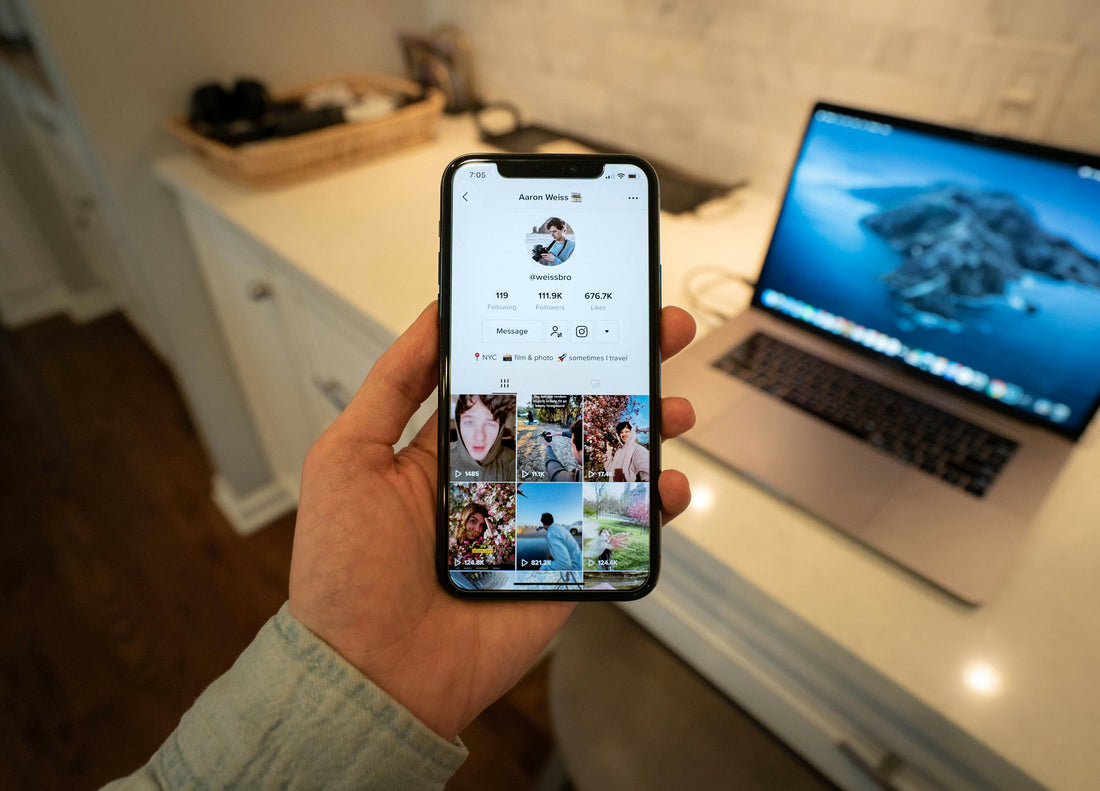Creating media strategies that focus on the consumer is essential for any business wanting to connect more deeply with its audience. By understanding what your audience cares about, you can craft messages that resonate and build stronger relationships. This approach helps in not just attracting new customers but also retaining existing ones.
To start, it's important to know who your target audience is and what they need. This means gathering data that reveals their preferences, interests, and behaviors. With this information, you can tailor your media strategy to meet their specific desires. Doing so ensures that your efforts are both effective and efficient.
Next, it's crucial to choose the right media channels to reach your audience. Different channels work better for different types of messages and audiences. Understanding where your audience spends their time helps you place your content in front of the right people. This increases engagement and makes your campaigns more successful. Making these informed decisions can transform how your business interacts with its audience.
Understanding Your Audience's Needs and Preferences
Understanding your audience's needs and preferences is the cornerstone of any effective media strategy. Start by collecting data through various methods such as surveys, focus groups, and social media interactions. This data reveals valuable insights into what your audience likes, dislikes, and expects from your brand.
Segmenting your audience into different groups based on demographics, interests, and behaviors helps you tailor your messages more precisely. For example, younger audiences might prefer engaging video content, while older demographics may respond better to detailed articles or newsletters. Knowing these preferences ensures you create content that resonates with each segment.
Utilizing customer feedback is also essential. Regularly reviewing comments, reviews, and direct feedback can provide real-time insights into changing preferences and needs. This continuous feedback loop allows you to adapt your strategies quickly, making sure they remain relevant and effective. Engaging directly with your audience helps build trust and loyalty, further enhancing the effectiveness of your media strategy.
Choosing the Right Media Channels
Choosing the right media channels is crucial for reaching your audience effectively. Different channels cater to different types of messages and demographics. Start by identifying where your audience spends most of their time. Are they active on social media platforms like Facebook and Instagram, or do they prefer professional networks like LinkedIn? Knowing this helps you place your content where it's most likely to be seen.
Make a list of potential channels and evaluate their effectiveness. For instance, if your target audience consists of teenagers, platforms like TikTok and Snapchat might be more effective than LinkedIn. If you are targeting professionals or B2B clients, consider focusing more on LinkedIn and industry-specific websites. This targeted approach ensures that your messages reach the intended audience.
Experimenting with different media channels can also yield valuable insights. Start with a mix of social media, blogs, email newsletters, and other digital platforms. Monitor the performance of each channel closely to see where you get the most engagement. This data allows you to allocate resources more efficiently, focusing your efforts on the channels that deliver the best results. By constantly refining your media mix, you ensure that your strategy remains both effective and efficient.
Crafting Engaging and Relevant Content
Creating engaging and relevant content is essential for capturing your audience’s attention and driving action. Begin by understanding the types of content that your audience prefers. Some may like short, quick updates on social media, while others may enjoy in-depth blog posts or videos. Knowing these preferences allows you to tailor your content accordingly.
Storytelling is a powerful tool in content creation. Use narratives that connect emotionally with your audience. Whether it's sharing success stories, solving common problems, or providing valuable tips, make sure your content speaks directly to their needs and interests. This approach not only makes your content more relatable but also builds a stronger connection with your audience.
Interactive content is another effective way to engage your audience. Quizzes, polls, and interactive infographics can make your audience feel more involved and invested in your content. Incorporating visuals such as images and videos can also increase engagement. Visual content is processed faster by the brain and can convey complex information quickly and effectively. Make sure to use high-quality visuals that support your message and enhance your audience's experience.
Analyzing and Adjusting Your Strategy
Analyzing and adjusting your strategy ensures that your efforts continue to meet your goals and resonate with your audience. Start by tracking key performance indicators (KPIs) such as engagement rates, click-through rates, and conversion rates. These metrics provide insights into how your content is performing and highlight areas for improvement.
Use analytics tools to gather data on your campaigns. Platforms like Google Analytics can offer detailed reports on user behavior, showing which pieces of content perform best and which channels drive the most traffic. Regularly reviewing this data allows you to make informed decisions about where to focus your efforts and resources.
Adjusting your strategy based on insights is crucial. If a certain type of content or channel isn't performing as expected, be prepared to make changes. Experiment with different content formats, posting times, and promotional methods to see what works best. Flexibility and willingness to adapt are key to maintaining an effective strategy.
Conclusion
Creating consumer-centric media strategies involves understanding your audience, choosing the right channels, crafting engaging content, and continuously analyzing and adjusting your approach. This comprehensive method ensures that your media efforts are always aligned with your audience’s needs and preferences, resulting in more effective campaigns and stronger connections.
Ready to take your media strategy and planning to the next level? Reach out to Kinetic319 for expert guidance and tailored solutions that meet your unique business needs. Let’s craft a strategy that speaks directly to your audience and drives real results!

